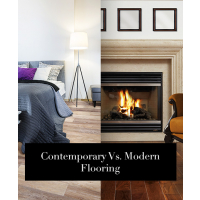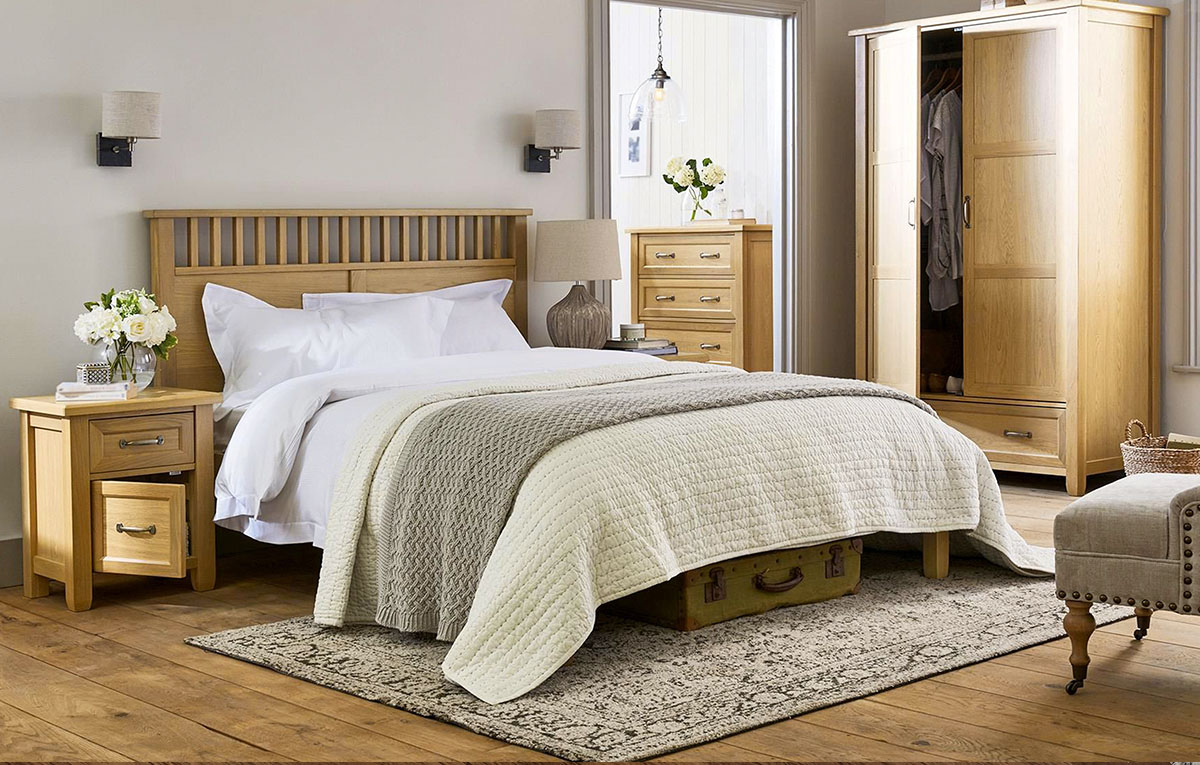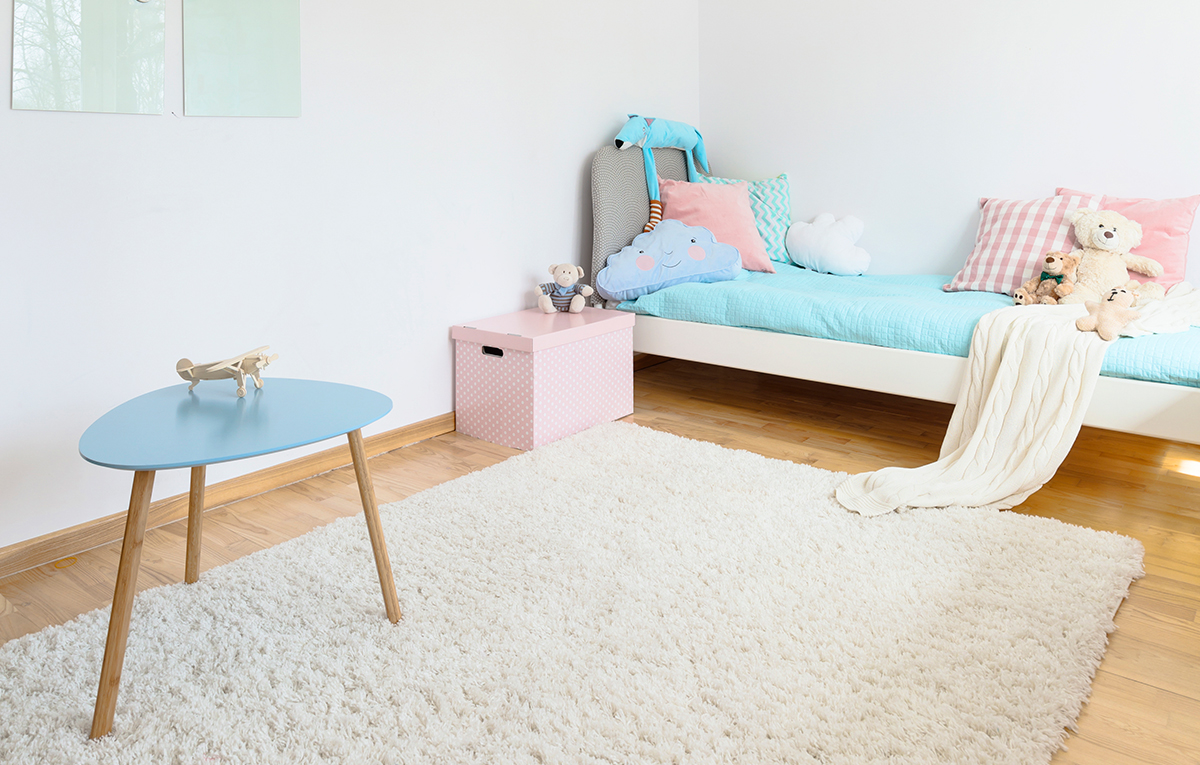Contemporary Vs. Modern Flooring
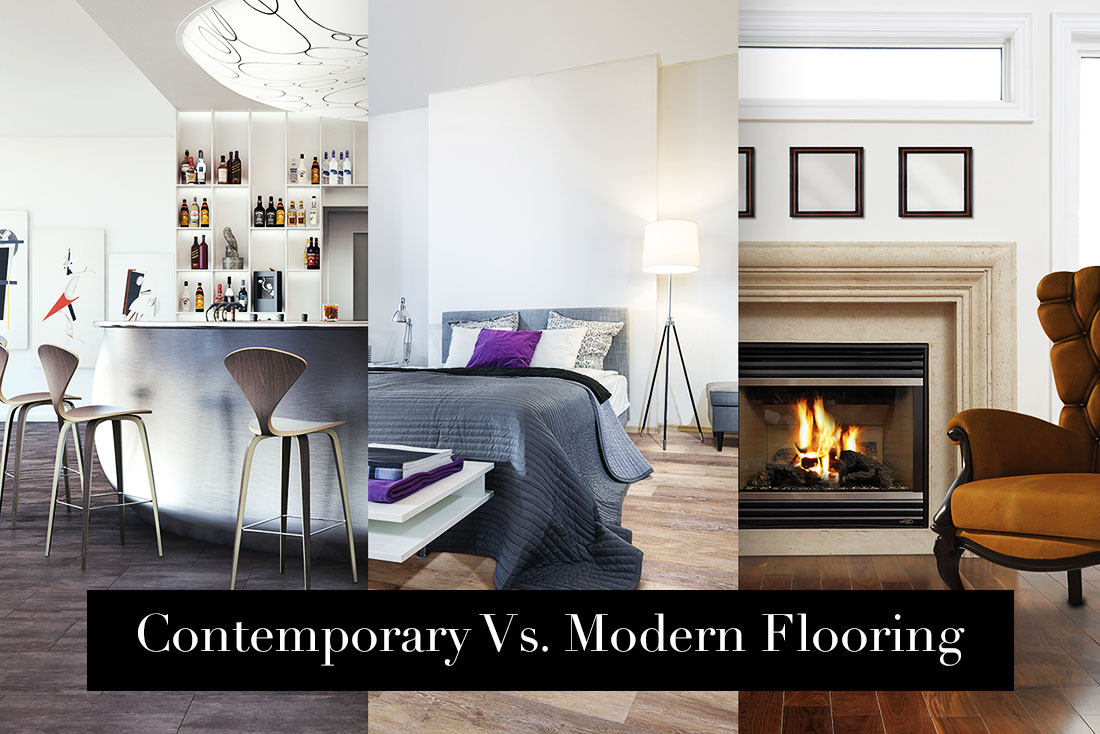
Contemporary Vs. Modern Flooring
While ‘contemporary’ and ‘modern’ may often be used interchangeably, there is a difference between the two when it comes to flooring. Modern design in flooring refers to a time in the past while contemporary refers to the present and future.
The Origin of Modern and Contemporary Style
The modern style is the design that started at the time of the Modernism Movement, in the very late 1800s. Birthed by the German Bauhaus schools of design with an emphasis on simplicity and function, the modern décor style is in fact quite old. In general terms, modern decor is linked to the beginning through the middle of the 20th century. Contemporary style, however, became popular in the 1970s, around the same time as postmodernism's rise in popularity. It was initially a mix of various styles and went on to stand out as a recognizable style on its own.
While the modern design is tied to a specific time period, contemporary design is ever-changing. Contemporary design changes with the times, making this movement in a constant state of flux relative to modern design. Here’s a sneak-peek at the differences and similarities between the two, so you know what exactly you are going for when opting for either.
1. Material
Wooden flooring is a prominent feature of the modern design. Wood is a classic choice when it comes to flooring and it never really goes out of fashion. There’s a huge market out there for both solid hardwood and engineered wood flooring. Earthy elements are a dominant feature of modern flooring.
Contemporary flooring, on the other hand, often makes use of laminate, vinyl, resin, and porcelain tiles.

2. Colour
While contemporary flooring is restricted to hues of black, white and greys with an occasional pop of red, orange or indigo, modern flooring is all about earthy colours. If a floor is rust, turquoise, brown or olive green in colour, then that’s clearly modern flooring.
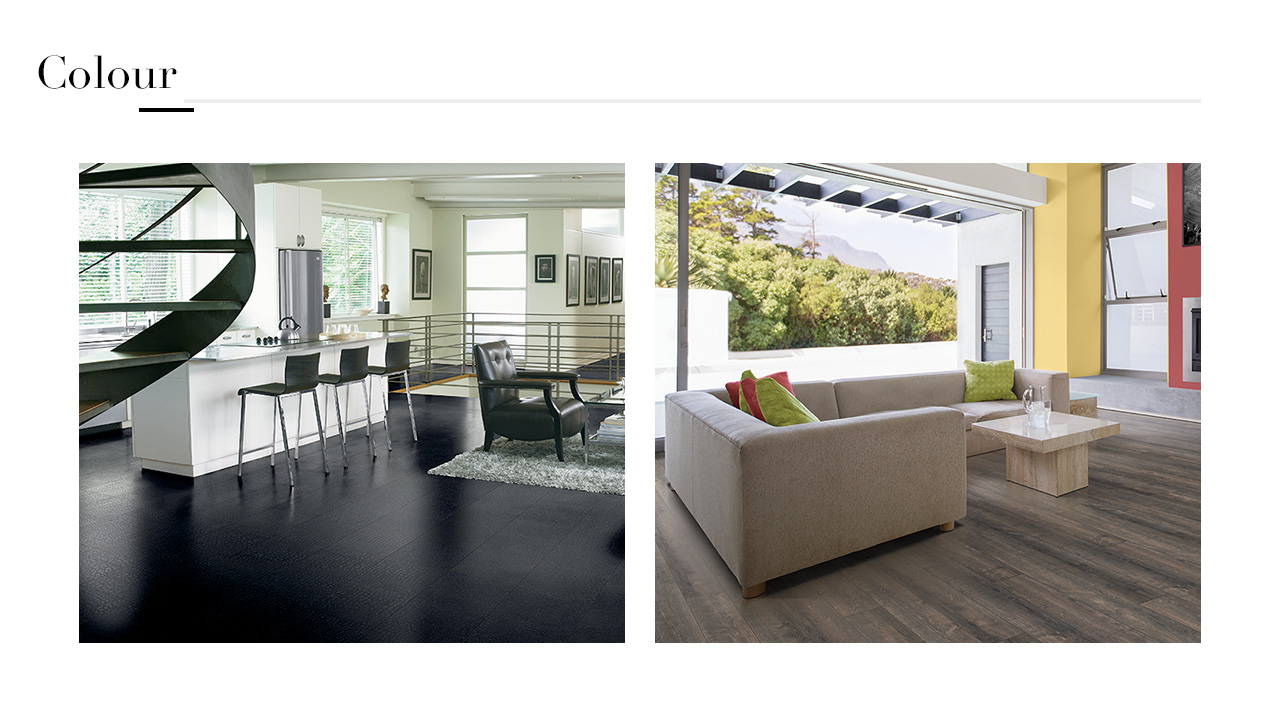
3. Open Space Feel
Both Modern and Contemporary Flooring aim to give you an open space feel. The space will feel more spacious than it is with modern or contemporary flooring and minimalist interiors.
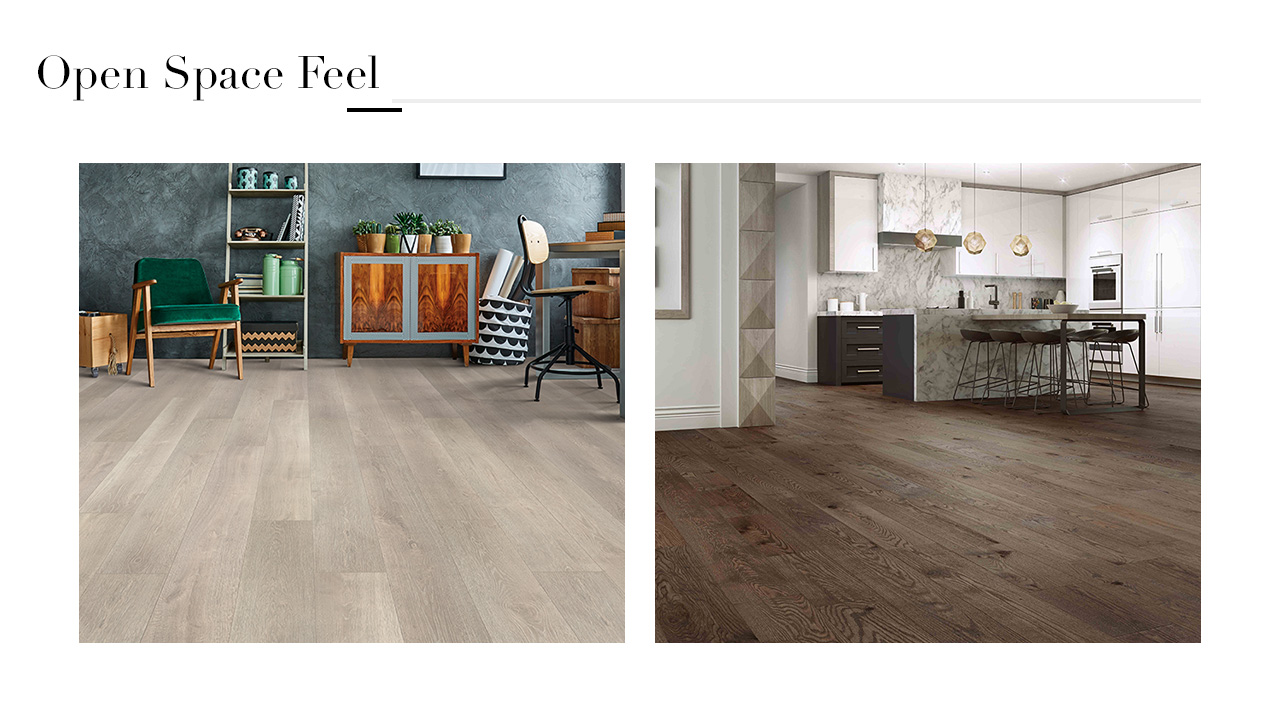
4. Minimalist in design and aesthetics
Modern and contemporary flooring are both minimalist in design. ‘Less is more’ started in the modern era and with ever decreasing spaces, continues to be the norm.
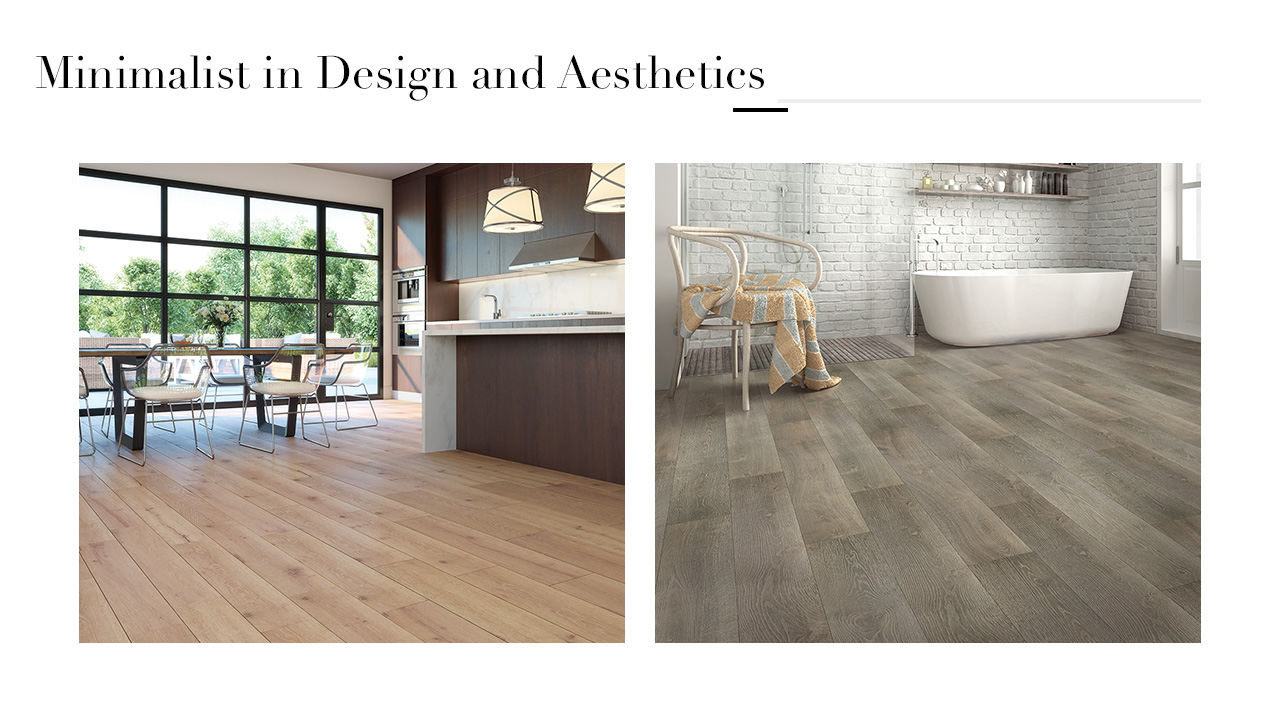
5. Geometric Patterns
Geometric patterns find their way in modern flooring to add a retro touch that is reminiscent of 1960s-era futurism. Contemporary flooring don’t make use of geometric patterns.
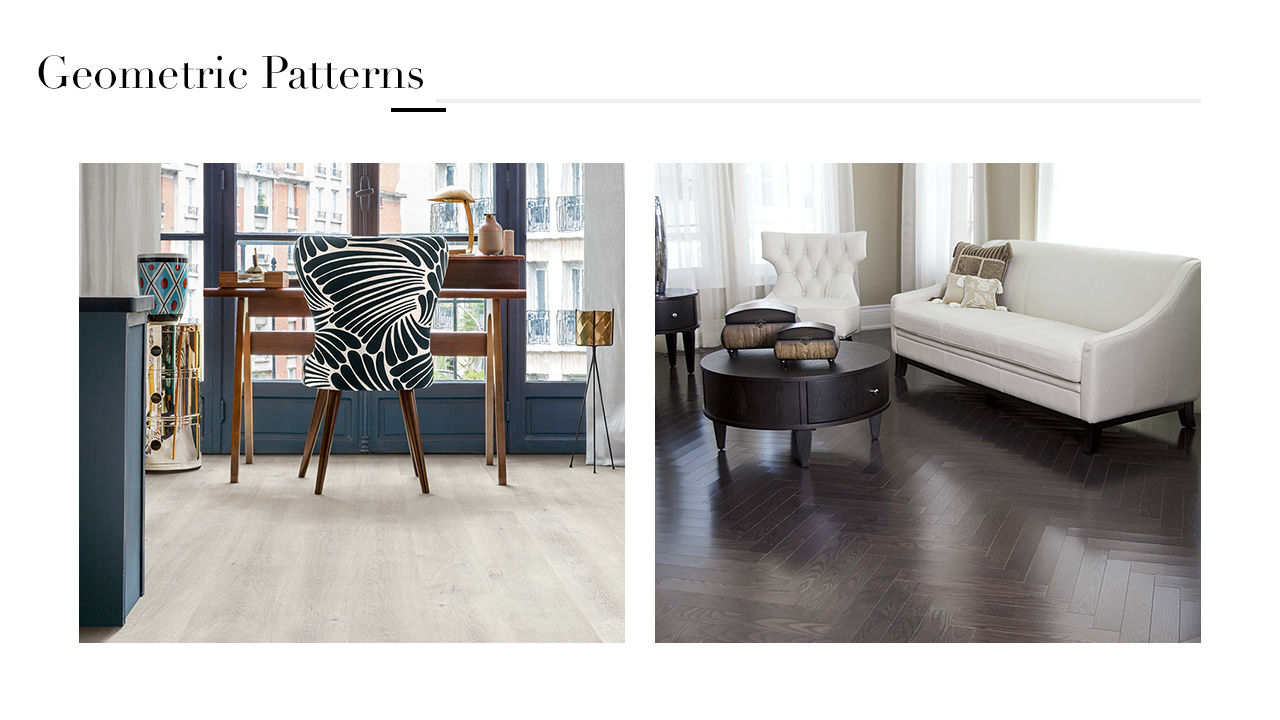
6. Shapes and lines
Both modern and contemporary flooring designs favour shapes and lines that are crisp and clean. Although in contemporary design, you’d sometimes see experiments with curves.
No matter which flooring you decide to go for – contemporary or modern, a combination of both or something else entirely, we hope the floor of your home always brings a smile to your face and makes you feel welcome and at home. Choose a flooring that always leaves your guests floored!







